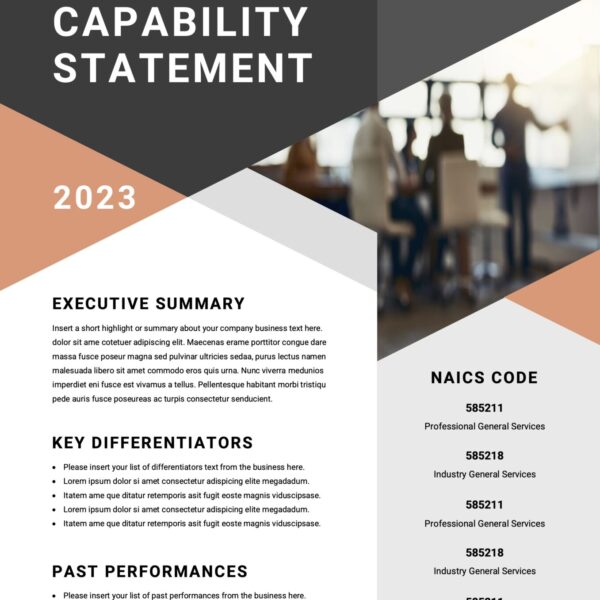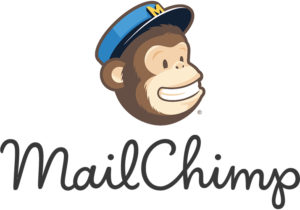Creating and designing a new website is an exciting project. Initially you’re thinking of all the possibilities and great ideas of what it will be. Content though, textual, isn’t always a fun thing to conceptualize. Is it a better practice to curate your content prior to designing your new website? Here are some points to argue both sides.
Explaining Your Product or Service is Verbally Easy
When we talk to new clients about their businesses, or why they decided to start a business, I notice them lean forward and eyes widen. This is because they’re enthusiastic about what they do and what they want to do in the world. Even if it’s a community based venture, the excitement of making products that make lives better, or a service that saves time and money is easy to talk about.
Now you’ll need to take those key talking points and make them sound good in sentences and slogans. Stringing together a story that flows correctly from left to right and not jumbled or out of order. In our discovery phase of our projects we like to take time to understand the vision of our client’s business ideas are. We need to understand it and grasp it for ourselves in order to create a website, photography, and business strategies that will not only compliment but also magnify these aspects. This can be daunting for most. Imagine stage fright, but for content on your website.
Solutions:
- Hire a content or copywriter. They can take notes on your thoughts as you speak and translate the important key elements and combine engaging words that when it’s all put together makes a resonating impact on your readers and visitors.
- Record your own conversations when you’re describing your trade. Then pick out the things you repeat often, or the things that you notice happen to resonate more with the people you’re talking to.
- Create videos where you’re talking or describing your products and services. It’s no secret that videos are popular everywhere from SnapChat to YouTube and Facebook Live.
Web Site Pages to Navigation
Typically when creating a website you’re going to have a few common pages like; Home, About Us, Contact, and Services. (Side note, think about renaming those to something more creative. It will entice your visitors to click around more.) Now for the rest of your pages you’ll need to think about what makes sense and what order you’ll need to place them. For example, will it beneficial to have a small photo gallery on your home page? Maybe a three column display of products you have recent on sale under the main banner of your home page? Are you active in social media? And if so will it be best to showcase that in a predominant way?
You’ll also need to think about landing pages. Specific pages that talk about just one topic/product with an effective call to action and opt-in form. While these elements could be found on your home page, there are also many other things found on your home page that aren’t in total singularity. Hence why landing pages can be more effective at mainly selling a product or lead generation.
Page layouts are important to consider. You can go with the same set up for each page, but that’s not always something that works for every website. Some pages are worth being segmented into columns as a whole or various columns throughout the page.
Are sub-menus worth your visitors time and effort? For this you may need to do some split testing to understand what truly works, but it is valuable to consider when designing your pages.
Be creative and captivating with what is above the fold on each page of your website. This is the part of the page you see before scrolling down to see more content on the page you’re on. A lot of times what sits above the fold is crucial to the attention and staying power of your visitors. Pay attention to your bounce rate and see if what you’ve setup is working for you. Content also plays a big role in this too!
Solutions:
- Consider creating a sitemap. You’re going to want to create one maybe on paper using a pencil to plan out how your pages and subpage structure will be. This flows right into navigation because depending on where your visitors come into your website, you’ll want to make sure they’re not lost as they get around but also easily identify how to get to the information they need and find what page it is on.
- Check out your competitor websites and see what works for them as a user. Take notes on what you don’t like as well because that’s exactly where you’ll be able to improve on elements and layouts you felt are lacking.
- A/B testing your layouts for various pages. Your visitors may stay on some pages more than others. See if there are similarities in the page layouts on the pages with more staying power over your other pages.
When Does It All Come Together?
For some of our clients it helps to see examples of page layouts before considering the content that will go on each page. And for others they have a general idea on structure but aren’t sure what pieces of content should go where and what is more important than others to be strategically displayed. We’re more of a proponent to knowing the base pages and names, then the content for each of those pages. Not all of the content usually fits or is necessarily going to work on the initial page(s). After the first round of designing, it becomes evident on what content is lacking and also what layouts are conducive for reading and navigation. We usually make those adjustments and sometimes add filler text or graphics to then bring back to our editors/copywriters to then create more elements to better balance each page.
This is our process and view on how we do things in short. What do you do differently? Let us know in the comments below!
image credit: Patrick Tomasso


